MercoPress. South Atlantic News Agency
Tag: US dollar
-
Saturday, February 26th 2022 - 09:54 UTC
Russia and China bilateral trade moving to the Yuan, gradually replacing the US dollar
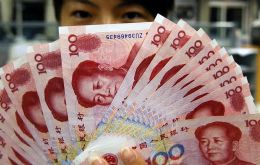
The Ukraine war which has impacted on Russian markets and particularly the plunge of the ruble, should not be a major cause of concern for China-Russia bilateral trade since a growing percentage of business is done with the Chinese currency Yuan, as the two countries move towards de-dollarization, according to financial circles in Beijing.
-
Wednesday, January 19th 2022 - 09:35 UTC
International market pushes dollar up in Brazil to R$ 5.56

The commercial dollar traded Tuesday in Brazil at R $ 5.561, a 0.61% increase compared to the previous day after pressure from international markets played their part.
-
Friday, November 5th 2021 - 09:29 UTC
Argentine Central Bank takes action to keep exchange rate under control
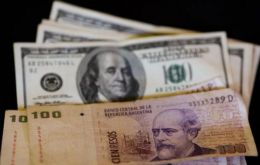
Argentina's Central Bank (BCRA) Thursday ordered banking institutions nationwide not to increase their holdings in foreign currency until the end of the month, amid a market pressure on the exchange rate.
-
Saturday, September 11th 2021 - 04:55 UTC
Inflation in Chile reached 3,2% in eight months and the US dollar 794 Pesos
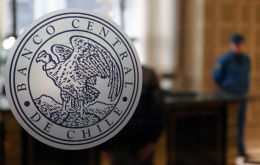
The Consumer Prices Index, CPI, in Chile climbed 0,4% during August totaling 3,2% so far this year and 4,8% in the last twelve months, according to the country's stats office. It is the highest since January 2016, and the tendency is to continue increasing, as had been anticipated by the Central Bank. Likewise with the US dollar.
-
Saturday, May 1st 2021 - 08:04 UTC
US dollar stays on a slump in Uruguay
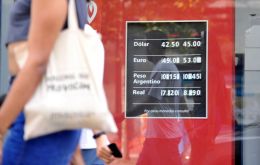
The US dollar kept its downward trend against the Uruguayan peso Friday, closing at US $ 1 = UR $ 43.8 for interbank operations, it was reported. In Brazil, the exchange rate fell 0.7% Friday and stood at 5.44 R$ per dollar.
-
Thursday, September 17th 2020 - 09:30 UTC
Argentina tightens currency controls, helping the US dollar climb to a new record
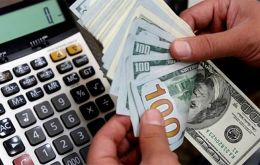
Argentina's peso currency plunged further into record low territory after the central bank tightened currency controls. The peso opened almost 0.1% weaker at 75.25 per U.S. dollar, traders said, and the country risk rose 38 basis points to 1,157. The black market peso or blue dollar plummeted 9.7% to open at a new all-time low 145 per U.S. dollar.
-
Saturday, July 18th 2020 - 09:05 UTC
Cuba devalues its currency and makes the US dollar legal tender for shopping

Cuba said this week it will allow some stores to sell food, personal hygiene and other consumer goods in U.S. dollars and will eliminate a 10% tax on the greenback, an effort to rake in more hard currency to purchase goods abroad.
-
Thursday, April 23rd 2020 - 08:46 UTC
The Short-term Liquidity Line: A New IMF Tool to Help in the Crisis

By Geoffrey Okamoto – The COVID-19 pandemic has severely disrupted the global economy at every level. Across the world, financial conditions have tightened dramatically, with unprecedented portfolio outflows from emerging markets in terms of both size (a record of about US$100 billion) and speed, and markets effectively frozen in some cases. This has created sizable demand for U.S. dollar liquidity, with emerging markets facing sharp liquidity shortages.
-
Tuesday, April 7th 2020 - 07:50 UTC
COVID-19 hits hard US economy, with millions of jobs lost, but the dollar remains king
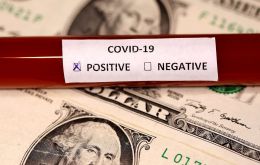
The COVID-19 outbreak in the United States has caused millions of people to lose their jobs and brought the economy to its knees but it has not dethroned the American dollar. On the contrary, the currency has risen in value this year, gaining six percent from its lowest point reached in early March, according to the US dollar index, which measures the greenback's value against a basket of other currencies.
-
Friday, March 6th 2020 - 11:00 UTC
“If I mess up”, the US dollar could reach 5 Real, admits Brazil's minister Guedes

Brazil’s economy minister blamed the Real’s slide to an all-time low on the coronavirus outbreak and said the currency could weaken to as much as 5 per dollar if he “messes up.” Paulo Guedes said the Real is weakening largely due to the economic impact of the epidemic, rather than a change in the country’s risk perception.
